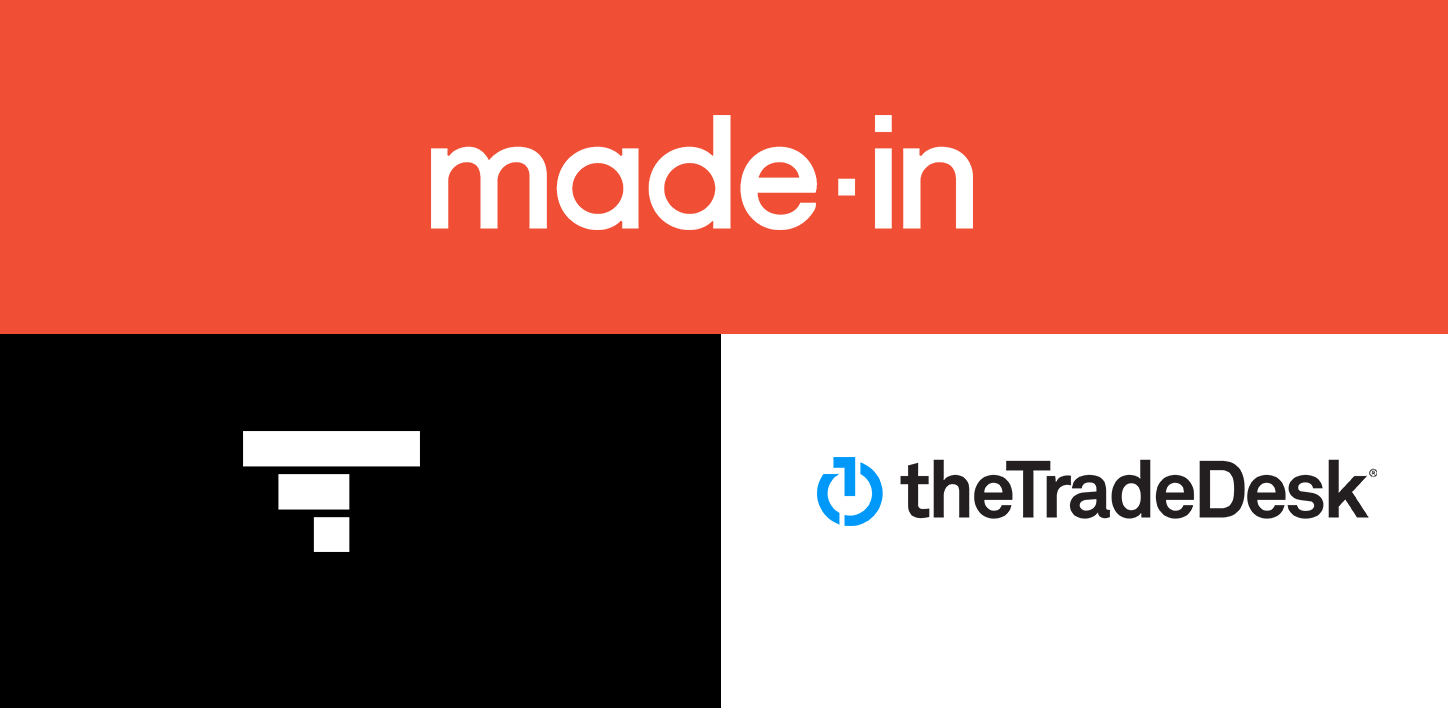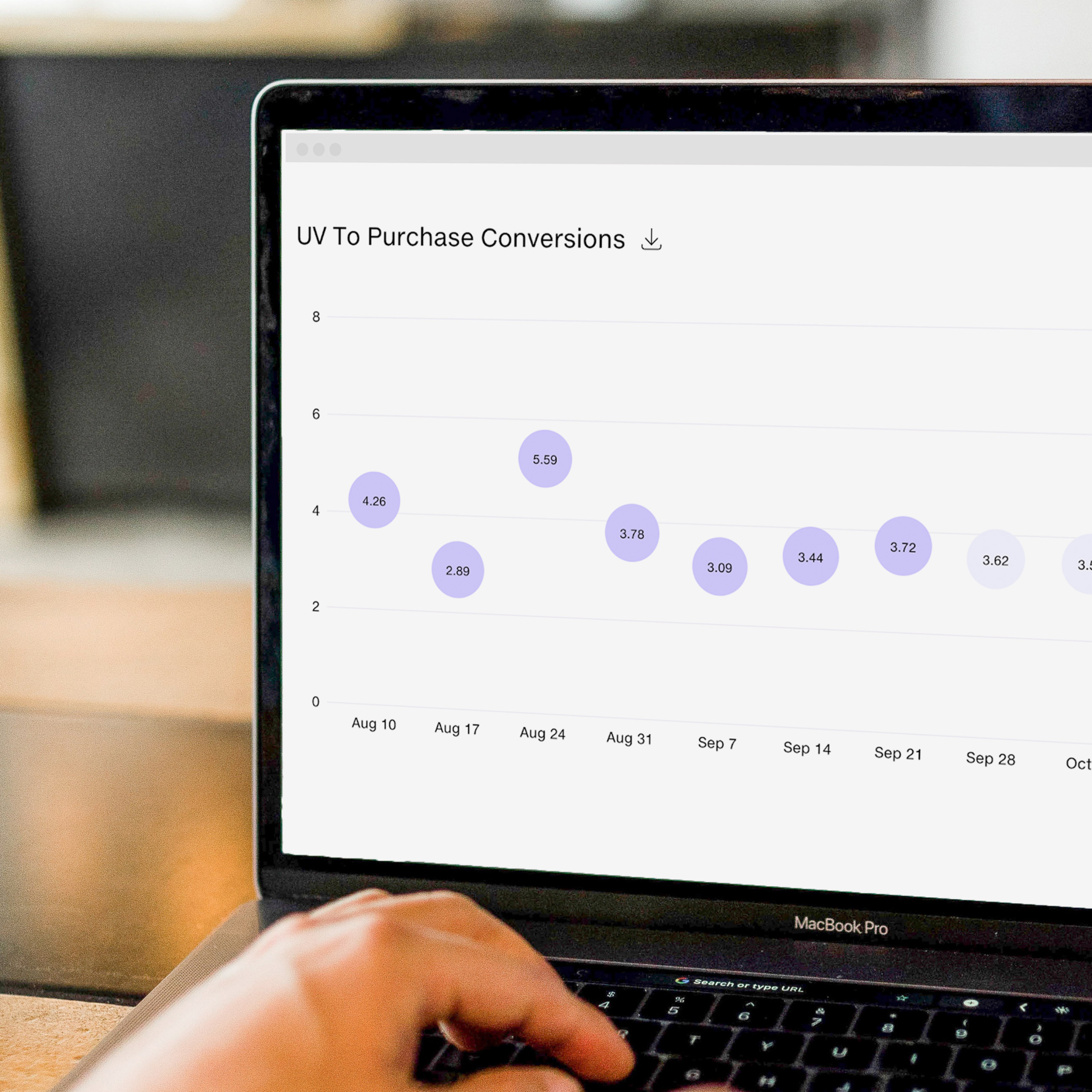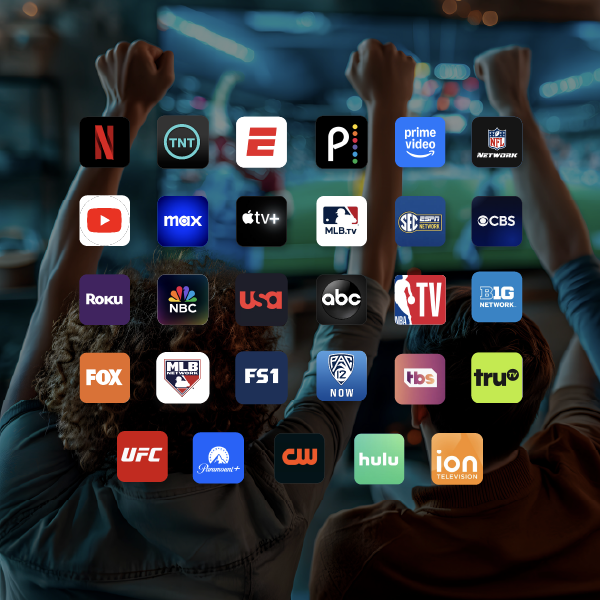
Made In Becomes First Brand to Reveal Results of Unified ID 2.0 in CTV Campaign Executed by Tatari
This announcement was featured on AdExchanger
Tatari, the leading data and analytics platform for buying and measuring advertising across both linear and streaming TV, and Made In, the fastest-growing direct-to-consumer cookware company delivering quality, thoughtfully-constructed kitchen tools at an approachable price point, today announced that they have shared results from their first Connected TV / Streaming TV ad campaign utilizing the Unified ID 2.0 (UID 2.0) identity framework.
Initially developed by The Trade Desk, UID 2.0 is a privacy-conscious identifier, which aims to address consumers’ desire for more transparency and control. Advertisers can create a UID2 identifier built from hashed and encrypted email addresses, allowing them to maintain current media strategies without the use of cookies. UID 2.0 extends across a variety of channels and devices, including websites, mobile apps, and streaming platforms that choose to integrate with the UID2.
As the first brand advertiser to share results from using UID 2.0 in a streaming TV campaign, Made In took a major step toward future-proofing its marketing strategies and testing ID solutions that will allow for cross-channel measurement long after current identifiers are replaced or removed altogether.
Tatari executed Made In’s campaign programmatically using UID 2.0’s data to validate campaign performance, including path to conversion measurement. As a result, Made In saw a 20% improvement in Cost Per Acquisition (CPA). Additionally, when UID2 was part of the conversion path, “time to convert” per user was 33% faster than without using UID2, signaling the effectiveness of this framework.
“UID 2.0 promises to be one of the most widely adopted frameworks for ad buying beyond cookies and across devices, and it will appeal to performance advertisers seeking to get the most out of every dollar,” said Chip Malt, CEO & Co-Founder at Made In. “Tatari’s proactive move to support UID 2.0 reflects their understanding that growing brands like Made In need partners who not only buy and measure TV campaigns but also offer forward-thinking tech solutions that maintain pace with industry evolution.”
Tatari represents both an important step in the demand-side adoption of UID 2.0 among performance advertisers, as well as a meaningful threshold in the adoption of UID 2.0 for targeting within the burgeoning channel of streaming TV.
“Tatari’s clients are omnichannel performance marketers. They need to be able to target and measure their campaigns holistically across everyone, and in a cookieless future, new identity frameworks like UID 2.0 provide the linkage across devices and interfaces that makes that possible,” said Todd Gordon, VP of Client Development at Tatari. “UID 2.0 is among the best fits for agile performance marketers looking to target their streaming and digital-based on first-party data.”
“Unified ID 2.0’s core mission is to preserve the quid pro quo of media, which is free content in exchange for relevant advertising,” said Bill Michels, EVP, Product and Engineering, The Trade Desk. “Tatari and Made In recognized the massive opportunity across all media that UID 2.0 represents, most notably in Connected TV, where they can better serve ads in the largest screen in the room. We look forward to continued adoption and sharing more results of how UID 2.0 is improving our industry – and making a better ad experience for the consumer.”
Related
You Don't Need To Target Individuals To Drive Performance
Google’s move to shut down person-level targeting in its browser isn’t the end of performance marketing. Quite the contrary. It’s the redirect our industry needs to get back on track.
Read more
Discover Automated Next-Day ROAS Metrics for TV
Today we’re excited to announce Return on Ad Spend (or ROAS) metrics are available in the Tatari dashboard. This represents a major step in the emergence of TV as a medium for growth-stage businesses focused on customer acquisition.
Read more
What Advertisers Need to Know About TV Sports Advertising in 2026
TV sports advertising in 2026 is being reshaped by streaming, fragmented media rights, and rapidly changing ad prices. This guide shows advertisers where sports audiences live and how to buy across leagues effectively at any budget.
Read more


